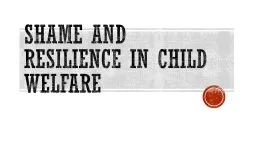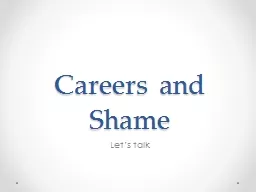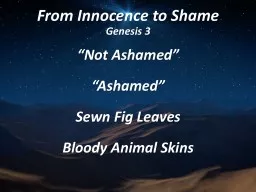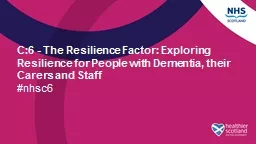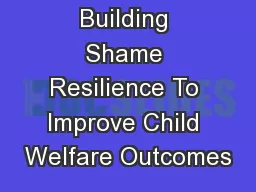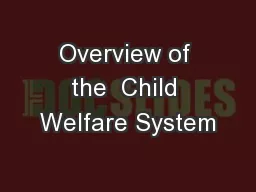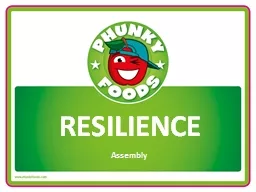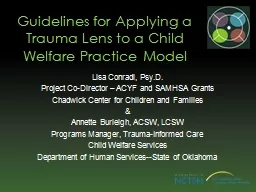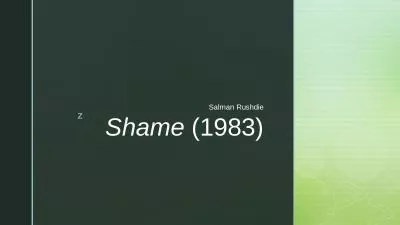PPT-Shame and Resilience in Child Welfare
Author : ellena-manuel | Published Date : 2018-11-02
Who are we Heather CantamessaParents for Parents Program Coordinator Ambrosia EberhardtParents for Parents Ally Lead Vanessa MatthewsDivision of Children and Families
Presentation Embed Code
Download Presentation
Download Presentation The PPT/PDF document "Shame and Resilience in Child Welfare" is the property of its rightful owner. Permission is granted to download and print the materials on this website for personal, non-commercial use only, and to display it on your personal computer provided you do not modify the materials and that you retain all copyright notices contained in the materials. By downloading content from our website, you accept the terms of this agreement.
Shame and Resilience in Child Welfare: Transcript
Download Rules Of Document
"Shame and Resilience in Child Welfare"The content belongs to its owner. You may download and print it for personal use, without modification, and keep all copyright notices. By downloading, you agree to these terms.
Related Documents

